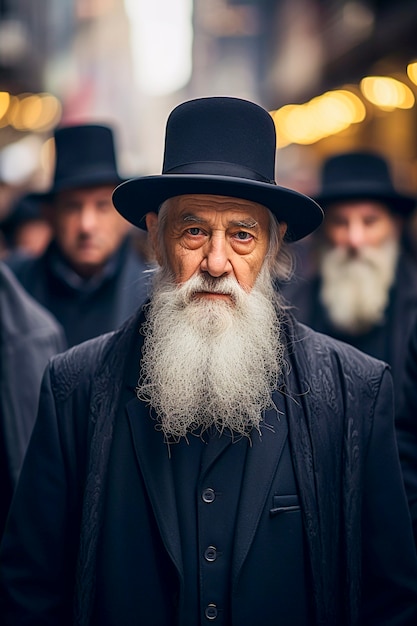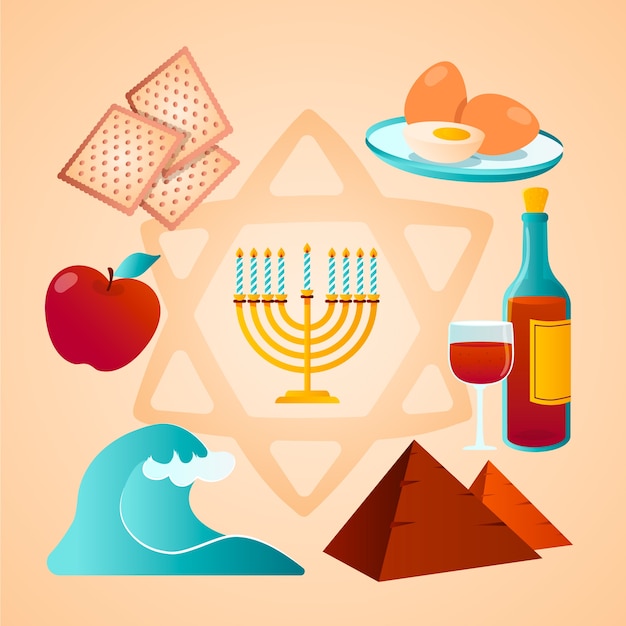Passover in Israel includes seven days of family gatherings, festivals, and food. Passover is an important holiday in Israel, and Israelis celebrate it for seven days with a variety of traditions. It’s a time for family gatherings, events, and even outdoor festivals that are celebrated with great pomp. Every year, before the start of Passover, many Israelis practice the ritual of cleaning their homes to remove all chametz (leavened foods) from their houses and discard them. There are three different ways of doing so: by means of a verbal declaration (called Bittul), searching and destroying chametz (Bedikah and Biyur), and selling it (Mechira). On the first night of Passover, Israelis gather together for a meal known as a Seder (in Diaspora communities, they have two Seder meals). It includes special foods, such as matzah and bitter herbs, kosher wine, or gefilte fish, and they sing unique songs. During the Seder, Jews read from the Haggadah, a book containing stories about Passover and its significance. During all seven days of Passover, Israelis abstain from eating chametz products and other food items unsuitable for Passover. Many restaurants in Israel close during this period or offer only special kosher meals for Passover. Of course, public institutions, schools, businesses, and shops are closed too. On the seventh and final day of Passover, many Israelis celebrate with a special meal known as the Seudat Moshiach, or meal of redemption. At this time, it is traditional to share stories about freedom and redemption to remind us of the significance of Pesach. Passover is an important holiday in Israel that brings people together for traditions that have been passed down through generations. It serves as a reminder of our struggle for freedom and must be celebrated with respect, joy, and peace.
































